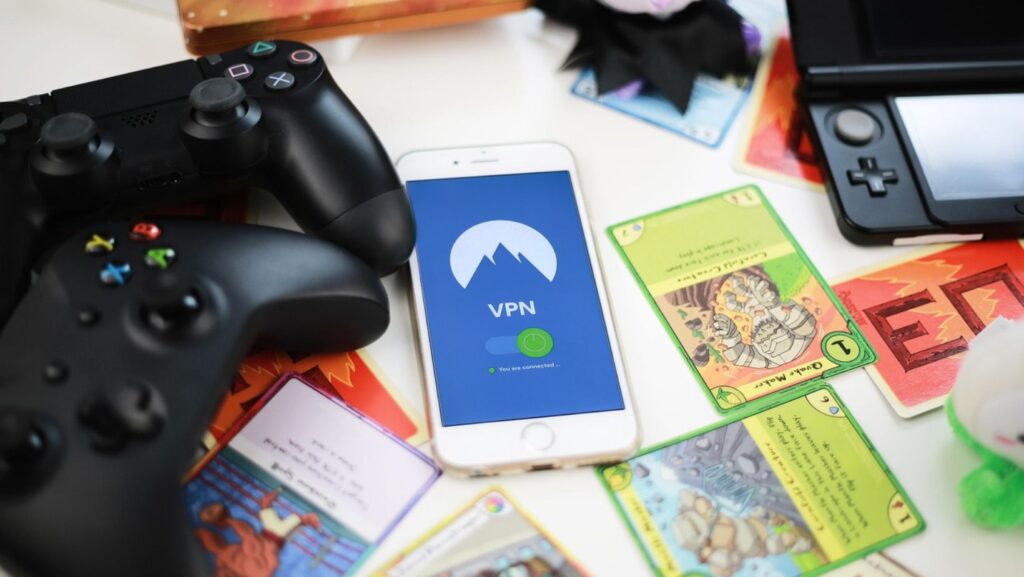
Curious how gamers are fighting back to protect themselves online?
Online gaming communities are experiencing a crisis when it comes to safety and security. The number of gamers worldwide (currently over 3.32 billion people) has created the perfect conditions for scammers and fraudsters to thrive. In fact:
Fraud year-over-year increased 21% across online gaming communities. The reality is alarming. As communities continue to grow, risk and potential damage increase.
But here’s the thing:
Preventing gaming fraud won’t come from traditional moderation or enforcement alone. Game developers and platform providers cannot possibly verify or monitor all gaming sites on their own. Instead, the best option for community safety comes from community-powered verification, putting safety in the hands of the players themselves.
Gamers have a lot to learn about:
- Why Community Verification Is Critical For Gaming Safety
- The Actual Cost Of Gaming Fraud
- How Community-Powered Safety Systems Work
- How The Gaming Community Can Work Together To Stay Safe
Why Community Verification Is Critical For Gaming Safety
Online gaming communities have a long history of cooperation. Players team up for quests, boss fights, and leaderboards all the time. Why shouldn’t they also work together to stay safe online?
Community verification is a powerful new approach to gaming safety. It’s moving beyond static systems or small moderation teams to instead empower the player base to keep the community safe. Gamers work together to identify, report, and verify the safest places to play.
Players can think of it this way:
Who knows the player base better than the actual players? Gamers spot the scammers, see the giveaway baiters, and recognize the phishing attempts before most players do.
Platforms like mtgal.com are taking the lead by creating user-centric verification communities. These communities are platforms and resources specifically focused on helping players access safe gaming sites. Community-driven sites empower players to verify gaming sites and resources, share experiences, and warn others about potential scams.
It’s an effective system because community-driven safety is built on trust and shared experience. Thousands of gamers collectively contributing to verifying the best and safest gaming resources is better for every player.
The Actual Cost of Gaming Fraud
As with most issues, the numbers help to explain the gravity of the situation:
Gaming fraud is more than just an inconvenience. It’s costing players time and money and has the power to collapse entire communities. It’s a massive financial risk that’s growing every year.
Account takeovers, bonus abuse, and payment fraud are out of control. Scammers are building fake accounts, stealing credentials, and taking advantage of sign-up bonuses on an industrial scale.
However, what most people don’t realize is that:
The psychological impact is just as damaging to the industry as the financial losses are. If players can’t trust the environment, they will stop engaging. They’ll stop spending. They’ll stop recommending titles to friends.
And this causes a downward spiral that hurts everyone. Developers lose players. Legitimate community members are lost to gaming. The entire industry suffers as trust diminishes.
How Community-Driven Safety Systems Work
Community verification is the exact opposite of top-down traditional safety systems.
Rather than trying to control community safety from the top down with traditional moderation, community verification focuses on creating networks of informed players who can contribute to making gaming a safer place. The system is democratic, scales well, and can be wildly successful if done correctly.
The system works like this:
Gamers submit real-time reports on unsafe behavior. Community members review and verify or dispute those reports. The longer a player is active in the community and the more accurate their reporting is, the higher their reputation score.
Gradually, trusted community members have a greater impact on the safety decisions than those with less experience or lower reputation scores. It’s similar to how Reddit upvotes work, but instead of gauging community interest, the system is specific to safety and verification.
Essential Components for Effective Community Verification
The best community verification systems share key important characteristics. They must be transparent so that players understand how safety decisions are made. They should also be as fast as possible so that threats can be addressed quickly.
Here are the key components that successful systems have:
- Easy to use real-time reporting tools
- Simple verification processes that anyone can understand
- Reputation systems to reward accurate reporting
- Appeal processes to dispute a report or review
- Integration directly into gaming platforms when possible
All of these pieces work together to create a safety system stronger than any single company can achieve on its own.
Building Trust Through Transparency
Transparency is critical to the success of any community verification system.
Gamers must understand how verification decisions are made. They need to see why particular sites are flagged, approved, or blocked. Without transparency, even the best community verification will struggle to be effective.
Meaning verification criteria must be available publicly. It also means sharing with the player base the evidence used to support safety warnings. It means being open about the system’s limitations.
This matters for a few reasons:
When gamers understand the process, they are more likely to trust the results. When the results are trusted, players are more likely to act on them. And when players act on that information, fewer gamers are affected by fraud.
The Importance of Education in Community Safety
Education is a massive factor in how effective community safety systems can be.
Gamers must know what to look for in order for community verification to be effective. They must be able to understand common fraud techniques and identify the warning signs for unsafe sites and resources. It’s also critical for players to understand how to verify information themselves.
Highly effective gaming communities focus on:
- Guides to help players understand common scams
- Community discussions about new fraud methods
- Verified safe gaming resources
- Player education on account protection
It’s the educational component that can transform passive players into active safety advocates. The more players know about gaming fraud and how it works, the more successful they become at reporting it.
Moving Forward as a Community
The future of community safety is not about more or bigger moderation teams, or more sophisticated anti-fraud systems.
It’s about empowering players to protect themselves. Community verification systems are a significant evolution in how safety works online. They recognize that players are the real experts when it comes to their gaming environment.
The advantages are huge:
It’s a system that scales naturally with community growth. It can also quickly adapt to new threats. It can also build deeper connections between players while also creating a culture of shared responsibility for safety.
The gaming industry has to embrace this approach. Platforms that implement community verification will build stronger, more loyal communities. Companies that fail to adapt will suffer as fraud continues to grow.
Ready To Play Safer Games?
Community verification won’t be a complete substitute for traditional gaming safety methods. However, it is a powerful supplement to existing safety measures that will keep everyone safer.
Combining platform security, automated fraud prevention, and community verification can build comprehensive safety systems that are much more effective than their individual parts. This layered approach to safety catches threats traditional systems can’t.
The only thing standing in the way is a willingness to get started:
Players should actively support and seek out platforms and communities that prioritize player safety. They should also actively participate in reporting and verifying unsafe gaming sites. Players should also educate themselves and others about gaming fraud.
Game companies should be actively building and promoting community safety systems. They should also be rewarding and recognizing players that contribute to community safety. It’s also critical that all players have access to easy-to-use verification tools.
Gamers and platforms can build a safer future where fraud doesn’t define the gaming experience. Where trust is the default, not a luxury. Community verification is a powerful tool to help players protect themselves and each other.













